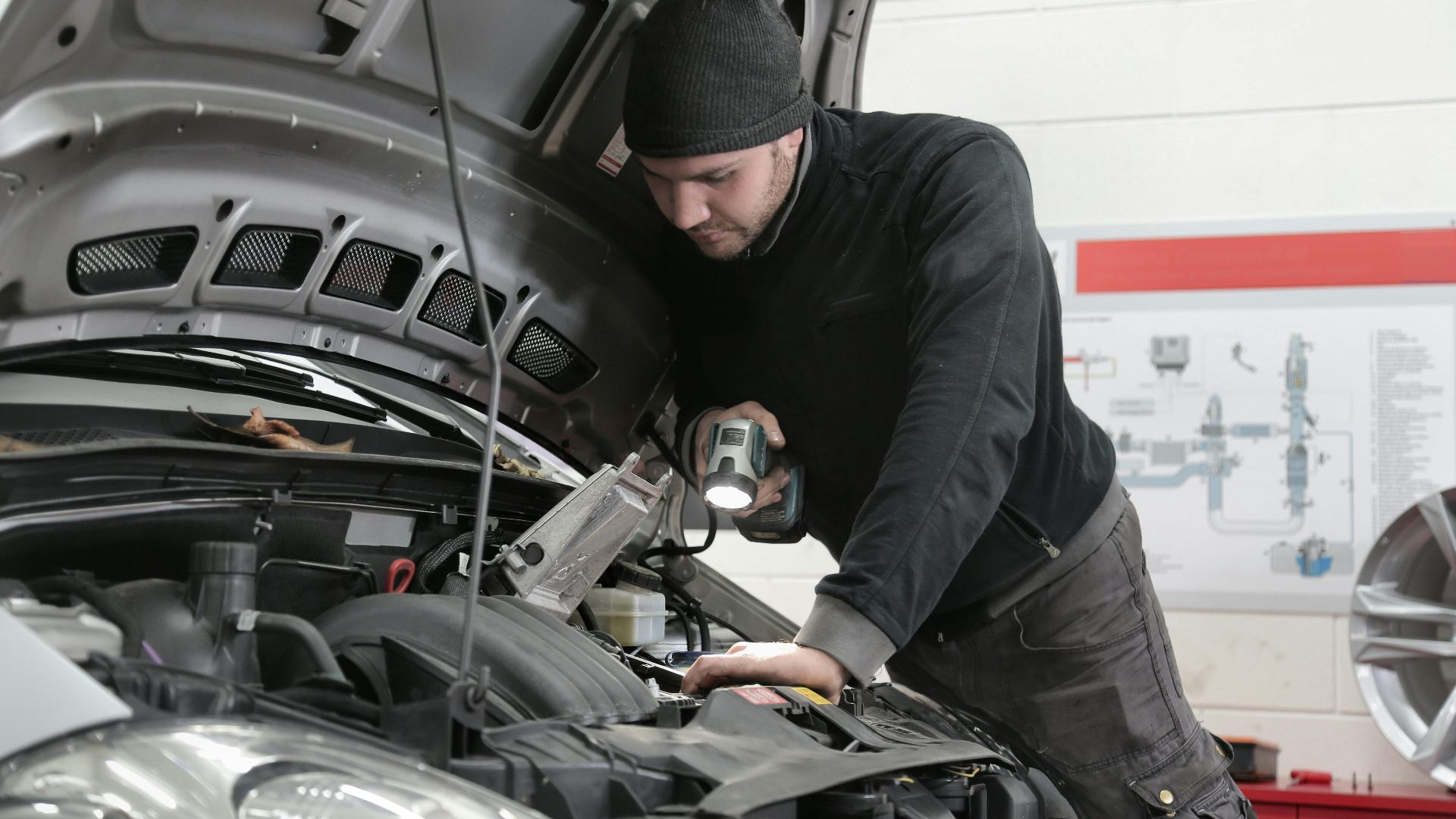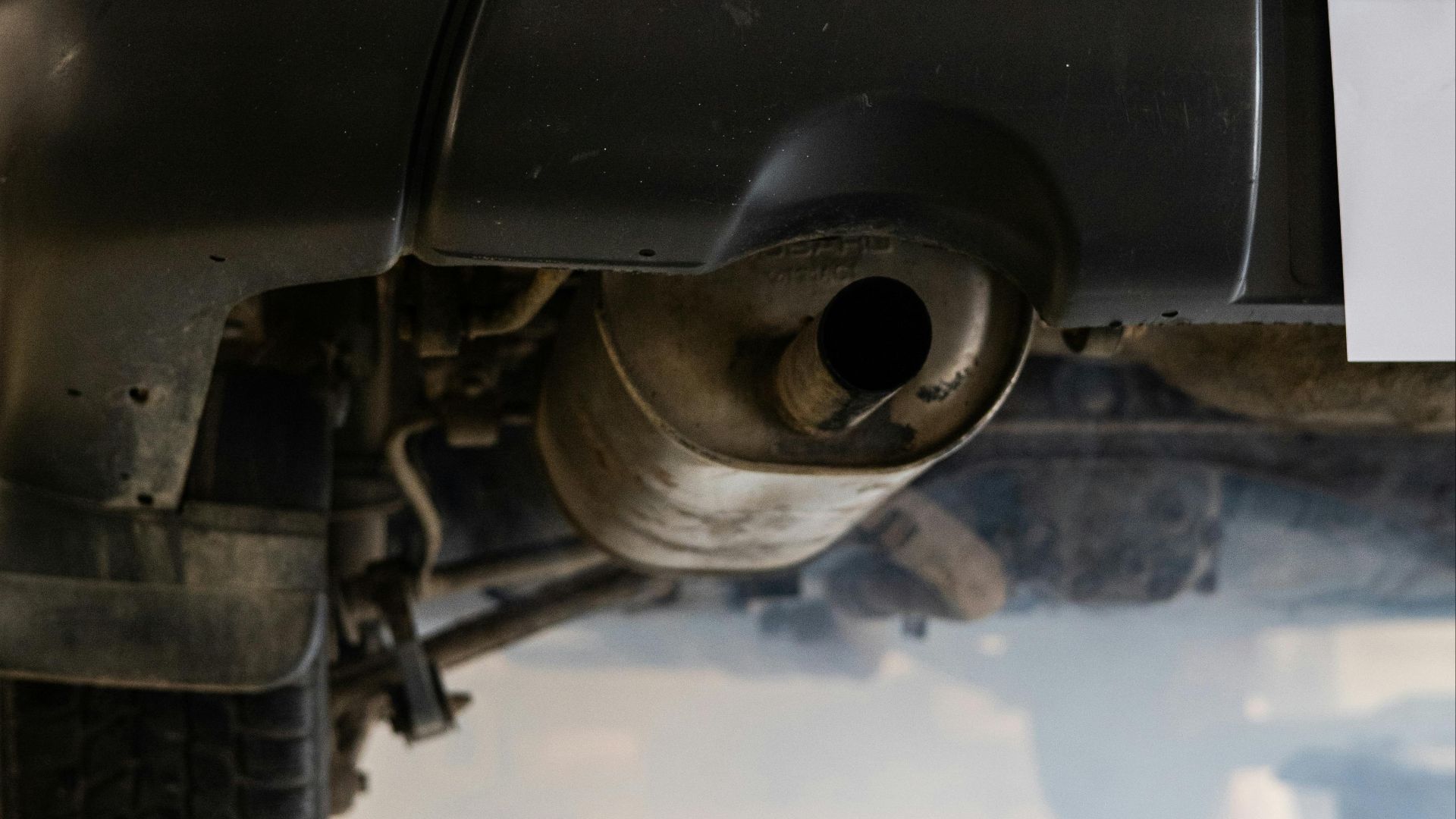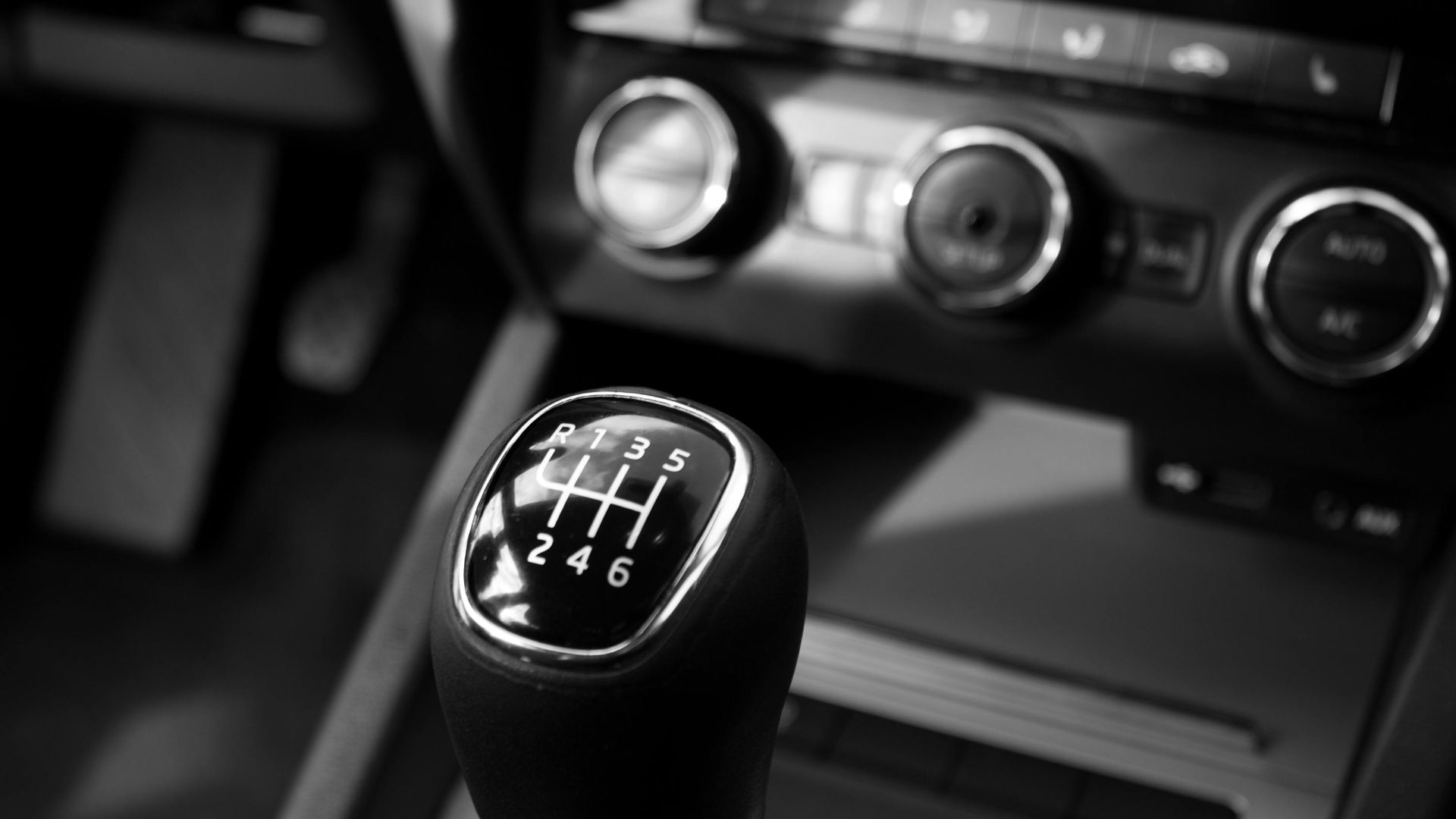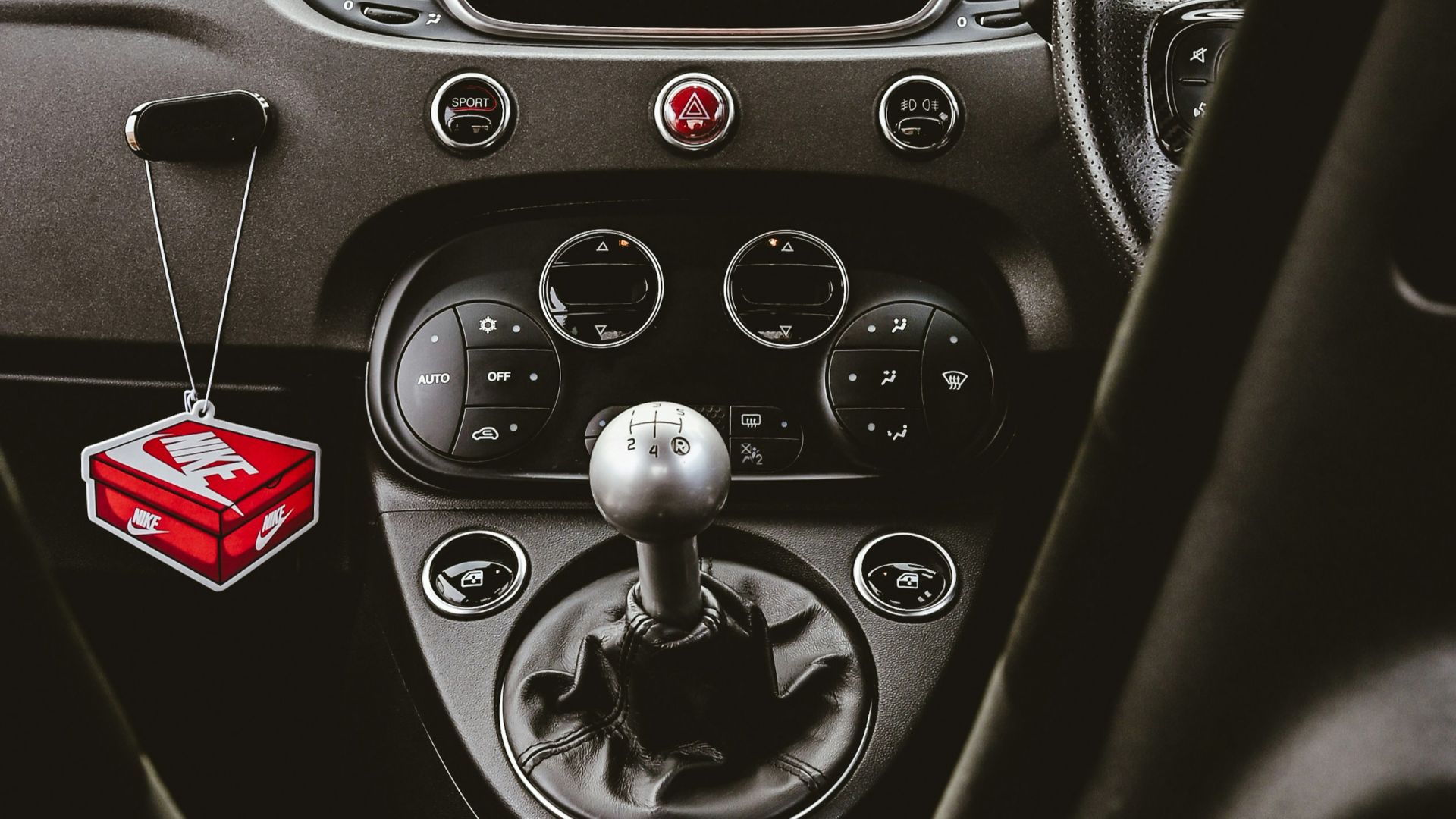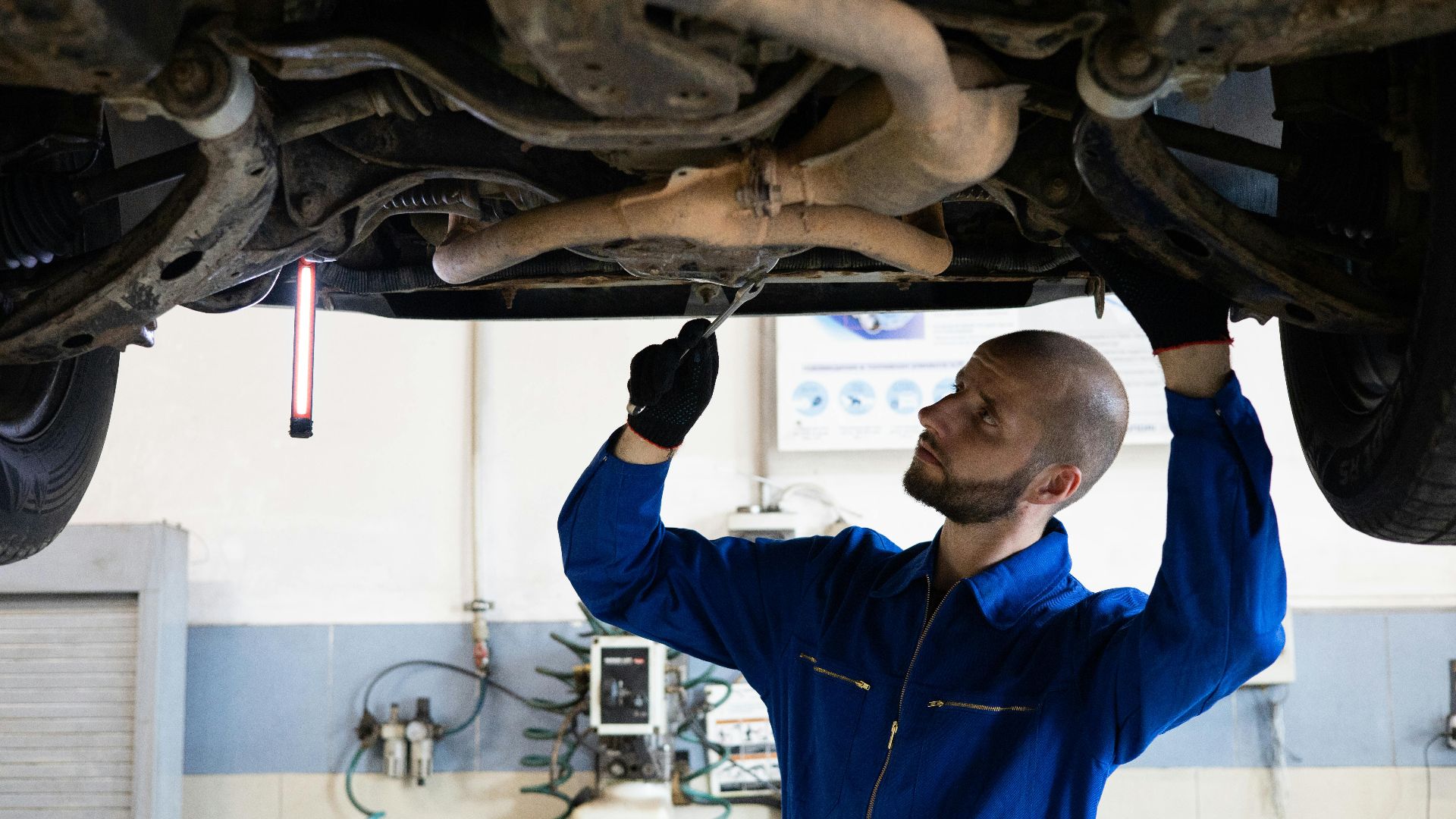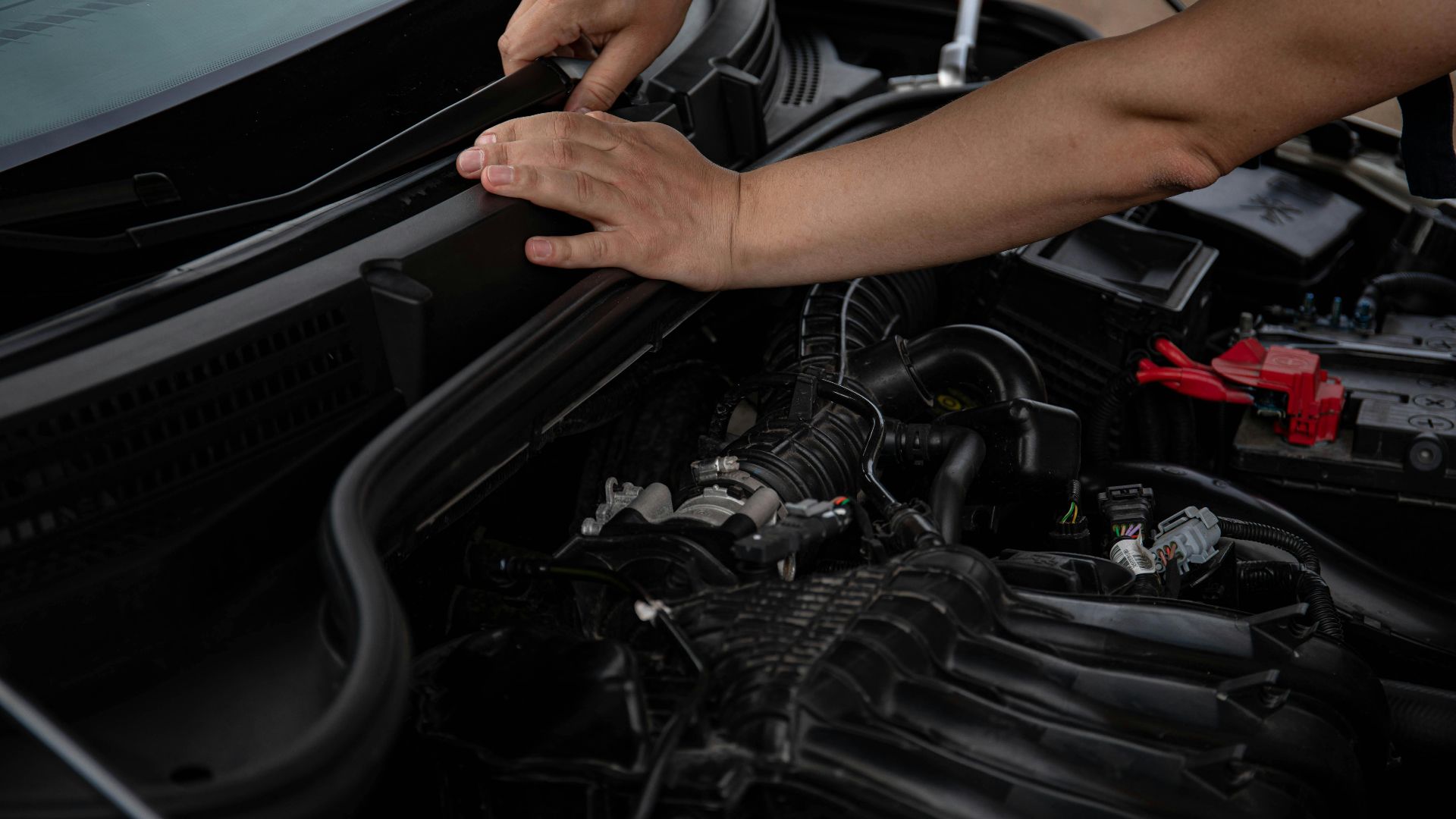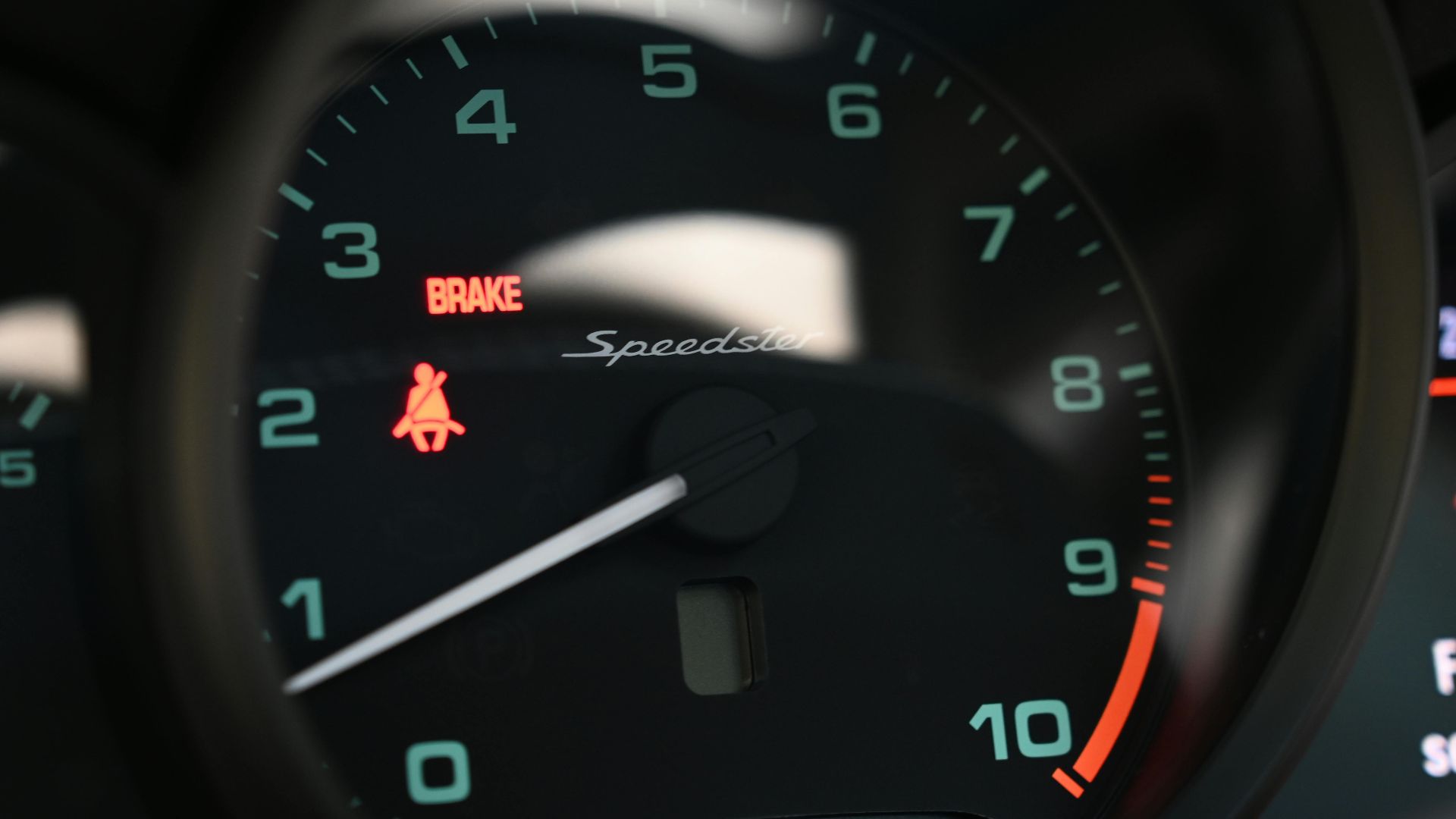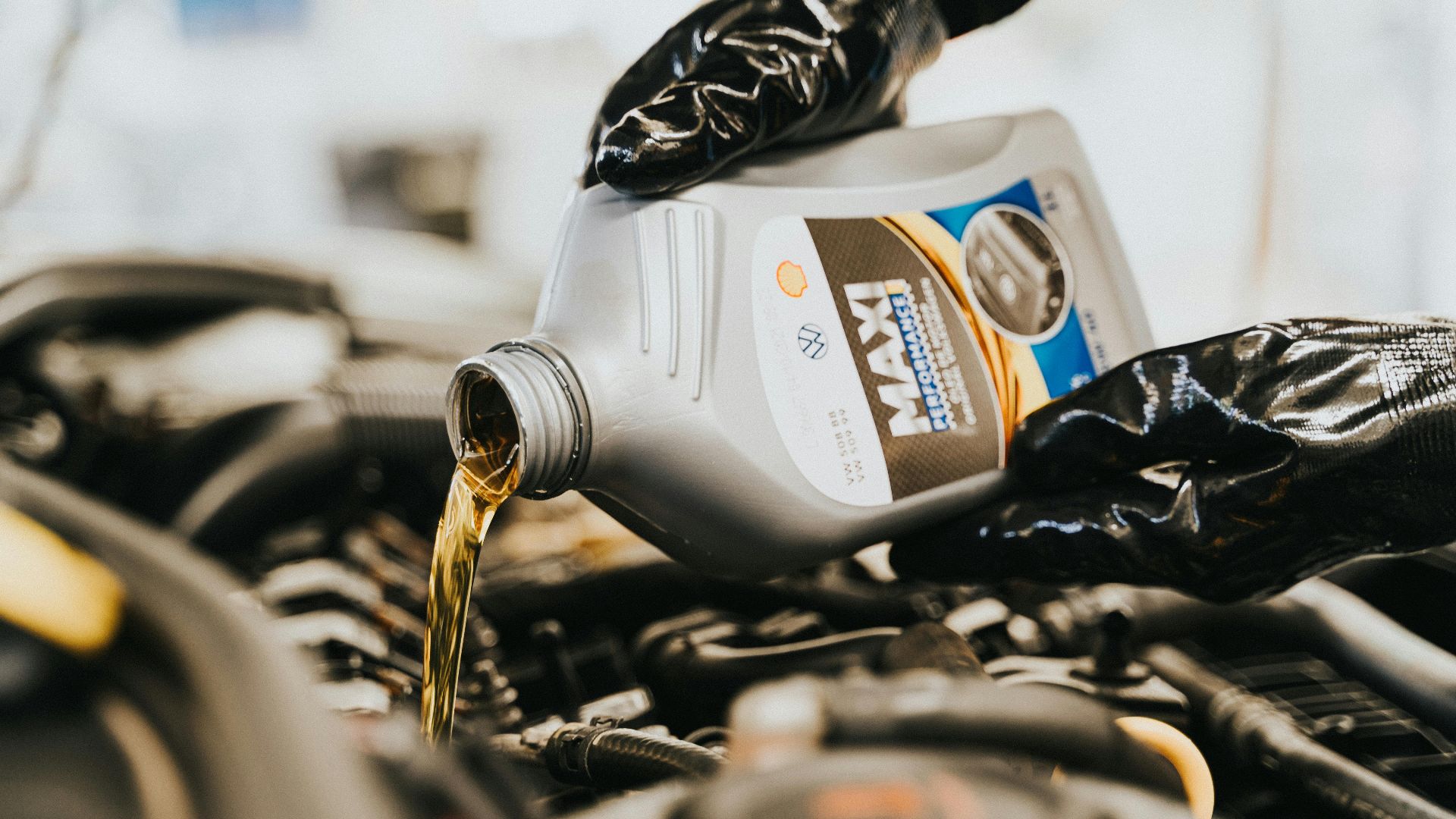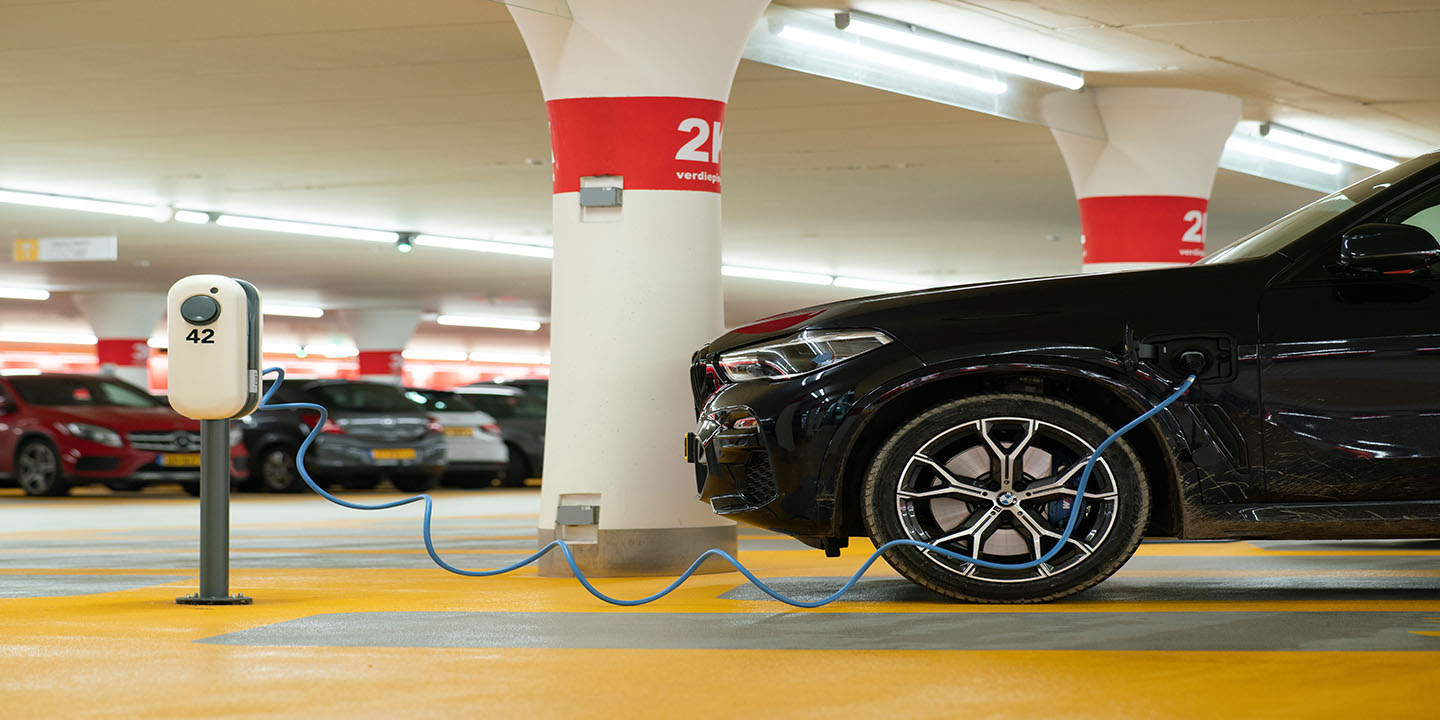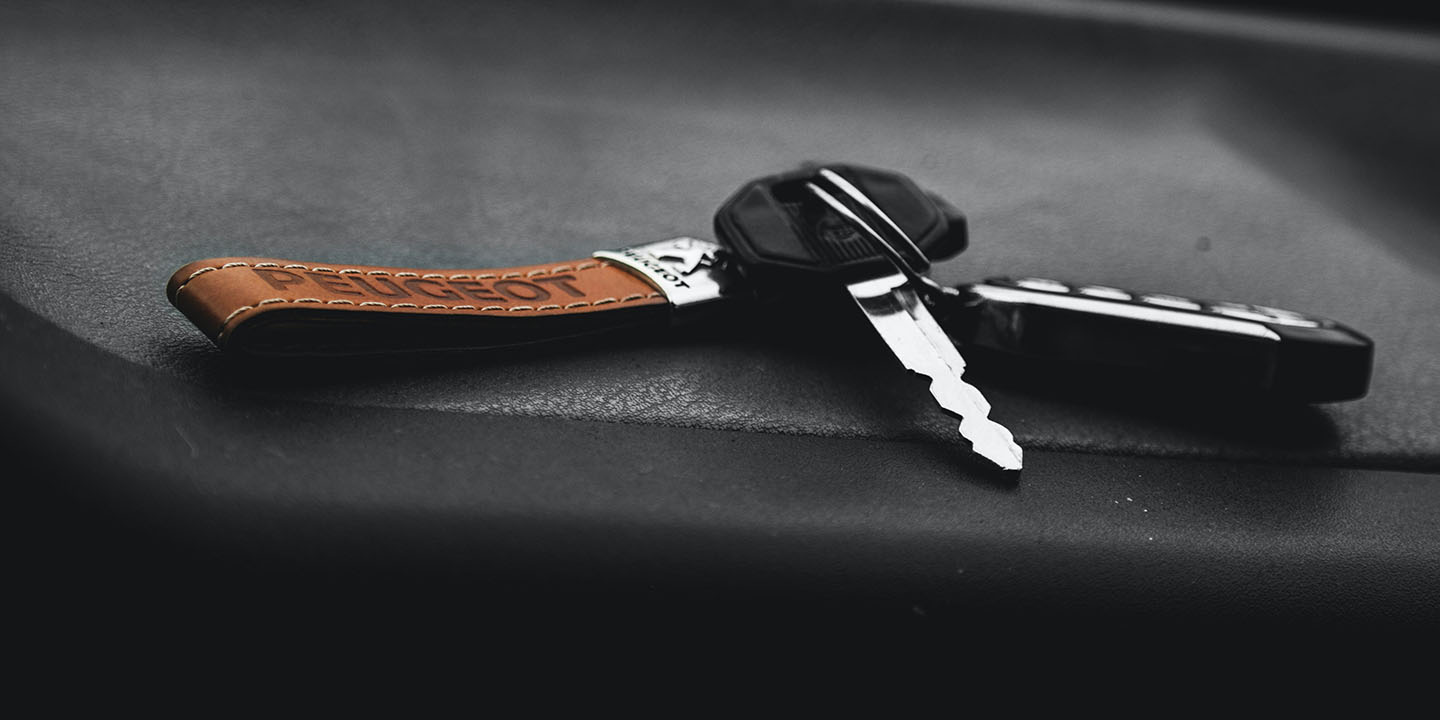Stay Ahead Of Transmission Trouble
Transmission issues can creep up without warning, leaving you scrambling for solutions. However, by taking a few simple steps, you can shield your car from costly repairs and keep everything running like new. As you read on, you'll find straightforward tips that prevent major transmission problems. But first, let’s explore the common indicators of transmission trouble, so you can act quickly before things get worse.
1. Sluggish Acceleration
Sluggish acceleration can indicate gear slippage, where the engine struggles to transfer power. Caused by worn clutch plates or low fluid, this issue may feel like a sudden power drop mid-drive. If left unchecked, it can worsen quickly, causing serious damage.
2. Vehicle Surges Or Jerks Unexpectedly
This can be risky, particularly when merging or driving in the city. When your vehicle surges or jerks unexpectedly, it could be due to inconsistent gear engagement. This issue may arise from worn bands or solenoids. The car may feel like it’s “lurching” forward, especially at stops or highway speeds.
3. Burning Smell
A burning smell coming from your car might signal overheated transmission fluid, which loses its lubrication properties. This breakdown can occur due to a clogged cooler line. The transmission undergoes significant stress, and if ignored, it can lead to total failure of the system.
4. Difficulty Shifting Gears
Struggling to shift gears could mean a mechanical or hydraulic failure. This issue may result from problems with the linkage, clutch, or transmission fluid. Difficulty shifting often worsens in colder weather and can create hazardous situations, particularly at intersections.
5. Fluid Leaks Leave Reddish Puddles
Reddish or brown slick puddles under your vehicle could mean a transmission fluid leak. Leaks can occur at the pan gasket or seals. Even a small leak can indicate serious damage, so it's important to address it early through regular maintenance and garage checks.
6. Rough Shifting
If gear changes feel jerky or jarring, it's a sign that something's wrong. This sensation can be more pronounced when driving uphill. Damaged shift solenoids or valves may be at fault. Misidentified as suspension problems, rough shifting gradually worsens and damages the transmission.
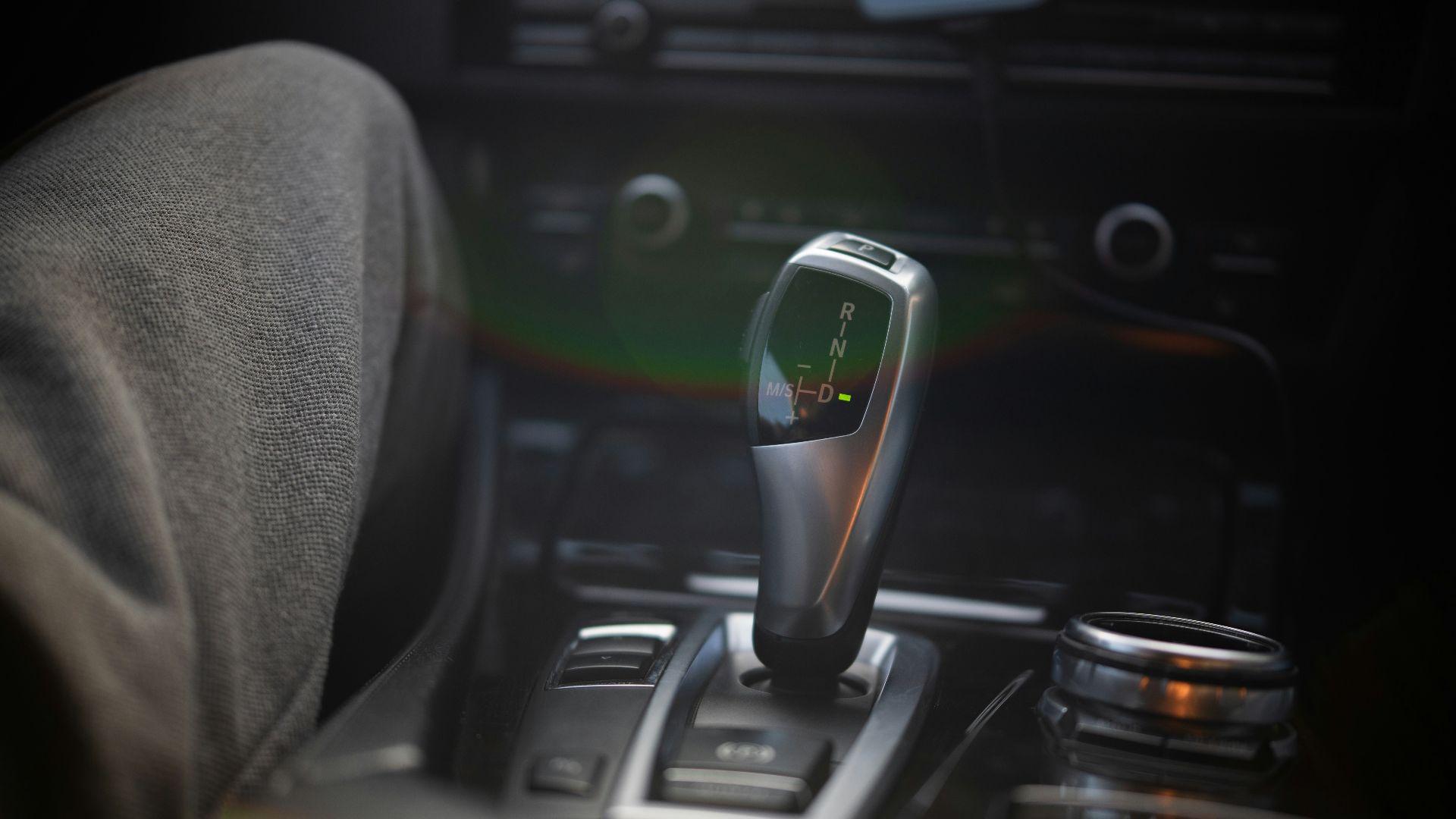 Mushvig Niftaliyev on Unsplash
Mushvig Niftaliyev on Unsplash
7. Dashboard Warning Lights
Transmission or check engine lights are usually the first indicators of problems. Modern cars use sensors to detect issues with the transmission and fluid. These lights sometimes correspond to trouble codes, which can be scanned at auto stores for free, preventing bigger problems later on.
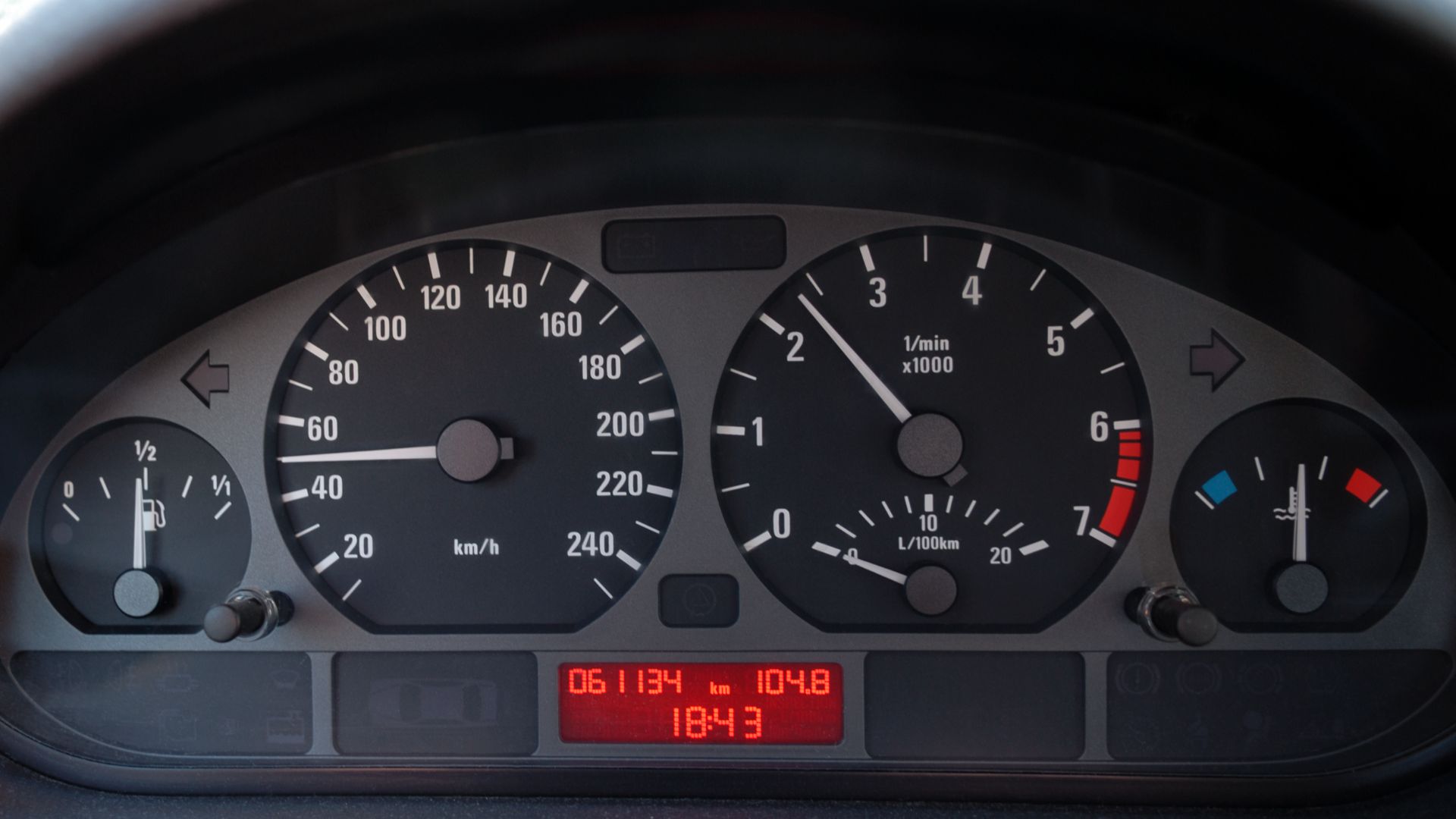 André Karwath aka Aka on Wikimedia
André Karwath aka Aka on Wikimedia
8. Unusual Noises While Driving
Whining, clunking, or humming noises mostly indicate transmission issues. These sounds vary depending on whether the car is in gear. They may become louder when accelerating or turning, sometimes mistaken for wheel bearing problems.
9. Delayed Gear Engagement
If your car hesitates when shifting from park to drive, it could be due to hydraulic problems. Typically caused by low or contaminated fluid, this delay may be most noticeable in cold weather. Ignoring this can eventually lead to complete gear failure.
10. Vibrations Or Shaking At Specific Speeds
Vibrations felt at certain speeds can indicate transmission issues, not just wheel imbalance. These vibrations are often felt at specific RPM ranges and are commonly caused by worn torque converters. It may feel like a buzzing through the floor, and even experienced mechanics might struggle to diagnose it.
Now, let's explore key steps to prevent and address transmission issues before they become costly problems.
1. Check Transmission Fluid Level And Condition Regularly
Low or degraded transmission fluid is a major cause of many issues. Healthy fluid keeps gears running smoothly and prevents overheating. Check your fluid monthly or every 1,000 miles, and always use the manufacturer-recommended type.
2. Schedule Routine Transmission Service Every 30,000–60,000 Miles
Routine transmission flushes remove harmful debris and metal particles that can damage your transmission. Neglecting this service leads to costly repairs and internal scoring. It’s often bundled with drivetrain inspections and significantly extends your transmission’s lifespan.
3. Address Warning Lights Promptly
When warning lights appear, don’t ignore them. Diagnostic error codes can pinpoint failing parts, even before symptoms show up. Some cars will flash their lights to signal urgency. You can get a free scan at many parts stores, and early repairs can cost less than $100.
4. Replace Worn Transmission Mounts
Clunks or bangs during acceleration are sometimes signs of worn transmission mounts. These mounts misalign gears, putting stress on internal components. A simple fix, mostly overlooked in DIY inspections, can prevent significant drivetrain wear and may improve shifting smoothness almost immediately.
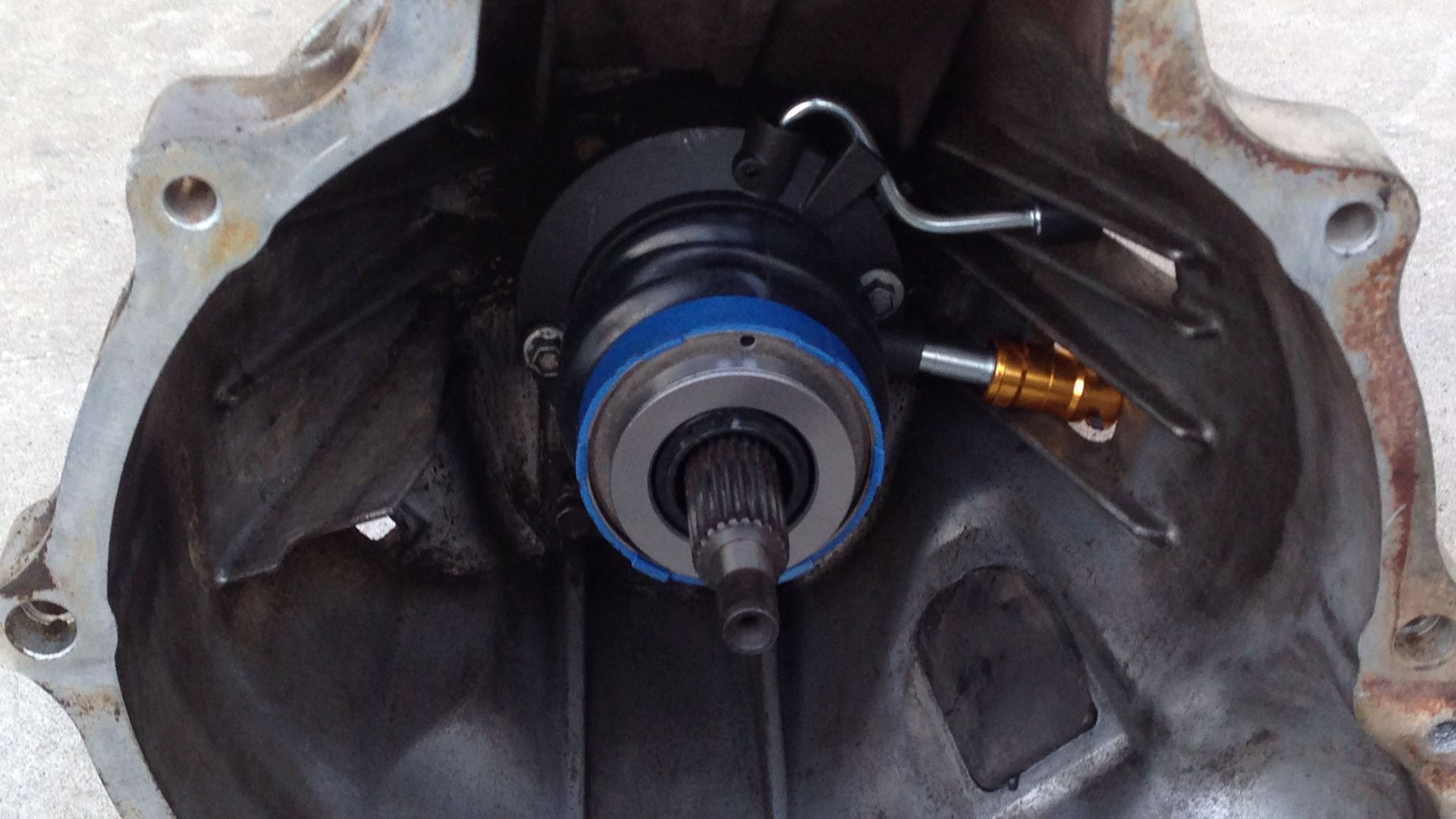 J.C. Fields (Talk) (Uploads) on Wikimedia
J.C. Fields (Talk) (Uploads) on Wikimedia
5. Upgrade Your Transmission Cooler
In hot climates, overheating is a common cause of transmission failure. Installing an aftermarket cooler can lower fluid temperatures by 30-50°F. This upgrade is particularly important if you tow or drive in hilly areas and can usually be installed in less than an hour.
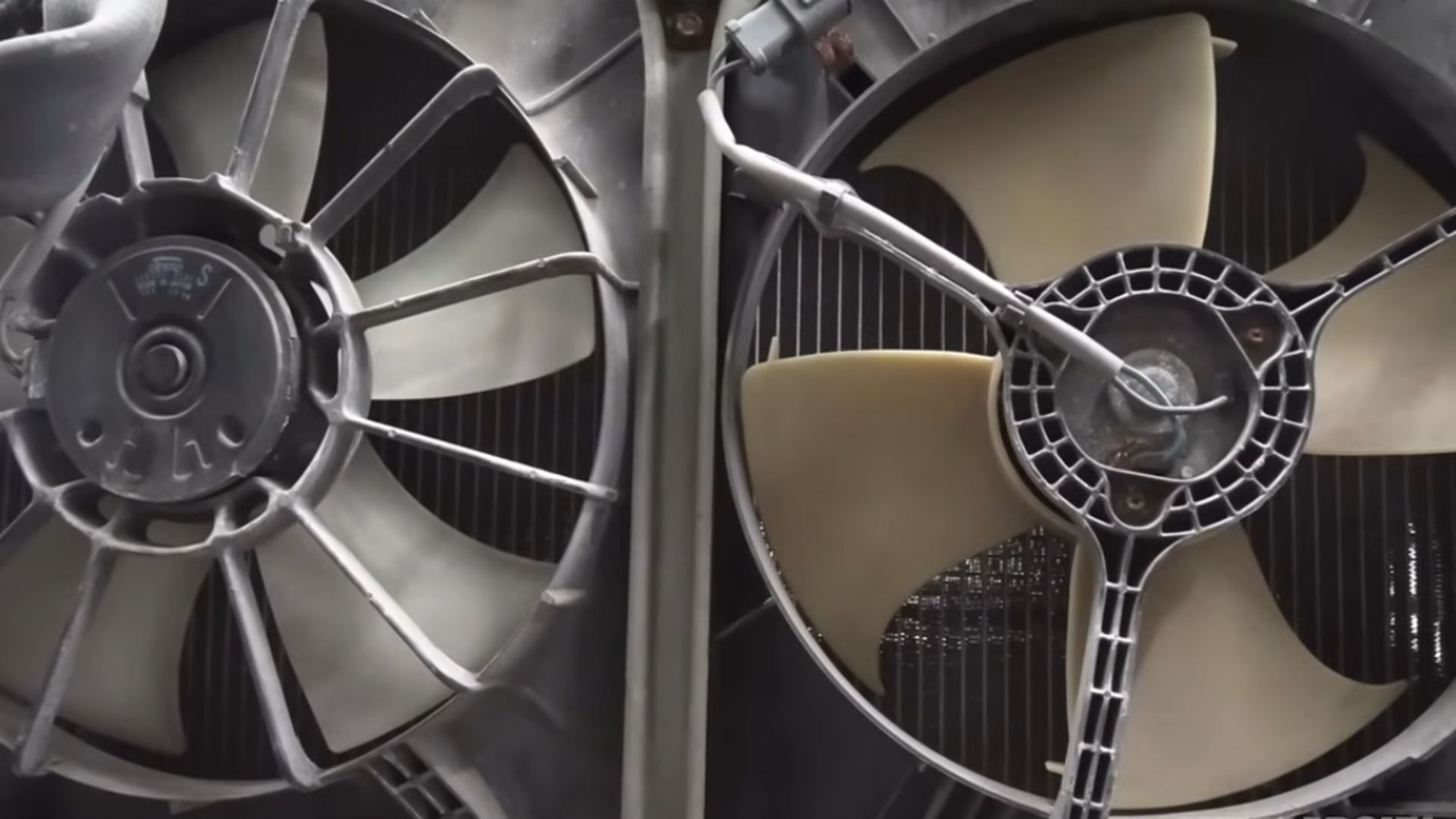 The ‘Right’ Way To Install a Transmission Cooler by EricTheCarGuy
The ‘Right’ Way To Install a Transmission Cooler by EricTheCarGuy
6. Avoid Aggressive Driving Habits
Aggressive driving, such as quick stops and starts, strains transmission components like clutches and solenoids. Also, hard downshifting and rapid acceleration significantly shorten fluid life. Vehicles in manual mode are particularly vulnerable to these stresses.
7. Use Parking Brake
When parking on an incline, always use the parking brake. This prevents the load from resting on the parking pawl, reducing stress on the transmission. Many drivers skip this step, but using the parking brake helps keep gears aligned and reduces internal wear.
 User Ballista on en.wikipedia on Wikimedia
User Ballista on en.wikipedia on Wikimedia
8. Ensure Software Updates Are Installed
Modern transmissions are controlled by computers, which may require software updates for smoother shifting. These updates can also improve fuel efficiency and reduce gear wear. Dealerships often install these updates for free during service.
9. Switch To Synthetic Transmission Fluid
Synthetic transmission fluid performs better under high temperatures and is ideal for older cars or aggressive driving. It reduces internal friction by up to 30% which leads to better protection and lasts longer than conventional fluid, making it a great choice for towing or off-roading vehicles.
10. Repair Small Leaks
Small leaks can lead to major transmission damage if left unchecked. Most leaks occur around seals or hoses, and even a few ounces of lost fluid can cause slipping. Using a fluorescent dye kit can help you spot leaks early and prevent expensive repairs.


